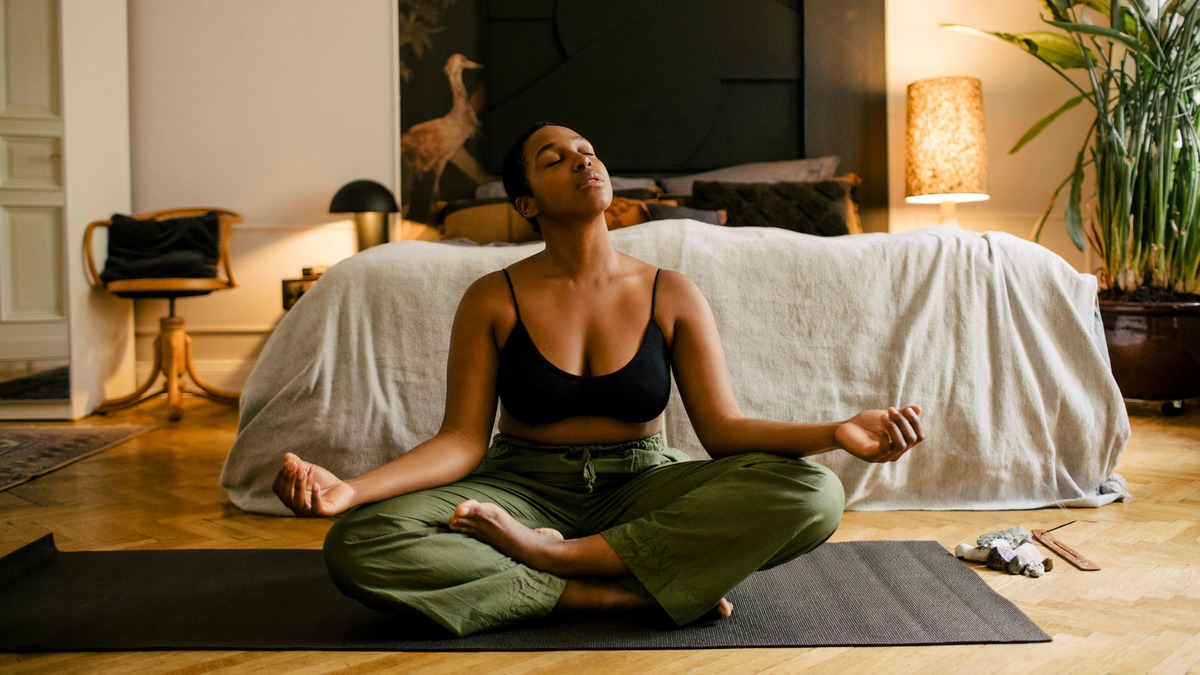What the experts want you to know about trending sleep hacks

Sleep is just as important as eating well and staying active – it's one of the three pillars of good health. But with around half of Australians tossing and turning instead of snoozing, it’s no wonder new sleep hacks are constantly trending on social media.
But do they really work? Or are they just another case of TikTok told me to?
“There are plenty of trending sleep tips appearing on social media,” explains Luke Foster, Group Manager Clinical Operations at nib. “However, it’s important to understand the science behind these trends to ensure they’re credible.”
To help you separate fact from fiction, we asked Luke to break down two popular sleep hacks – so you know what’s worth trying and what to snooze on.
Box breathing
Inhale. Hold. Exhale. Repeat.
Box breathing (or square breathing) is a controlled breathing technique designed to help calm your mind and body before bed.
“Box breathing involves inhaling, holding, exhaling and holding again – each to the count of four,” says Luke. “Controlled breathing can help reduce feelings of stress and anxiety, allowing the body to relax and making it easier to fall asleep.”
Want to try box breathing?
Give it a go tonight:
Dim the lights and get comfy.
Inhale slowly for four seconds.
Hold your breath for four seconds.
Exhale for four seconds.
Hold your breath again for four seconds.
Repeat until you feel relaxed and ready for sleep.
It’s quick, easy and actually backed by science. Who knew?
LED light therapy
Blue light? Red light? What’s the deal?
You might’ve heard of people using LED light therapy for their skin, but some research suggests it can also help regulate your sleep cycle.
“There’s an interesting connection between light and sleep. When you’re exposed to light, especially blue light, it suppresses your melatonin levels (the hormone for regulating your sleep). But using an LED light upon waking up may be able to help lift your mood and realign your body clock with the sun.”
How does light therapy work?
LED light therapy involves spending time near a bright light, typically red or amber, to help reset your body clock.
If you’re struggling with morning grogginess or seasonal sleep struggles, light therapy could be worth a shot – but always check with a sleep expert or GP first to see if it’s right for you.
“Before you go down the therapeutic route, see how you can adjust your relationship with light. Get out for a walk in the morning sun, stay away from your device an hour before bed, and dim the lights in your house in the evening to get you into sleep mode,” adds Luke.
Not sure where to start?
Quality sleep is essential for good health. And there are countless hacks, apps and products on the market that promise a better night’s sleep. But before you go trying every tip and seeing every specialist, make sure your sleep hygiene is on point. This means looking at your nightly habits and your bedroom environment to make sure you’re setting yourself up for the best possible sleep.
Get some expert advice
No matter what keeps you up at night, support is available. Book a private telehealth consultation through our partner, hub.health and access medical doctors and nurse practitioners. They can provide clinical advice to help you get a better night’s sleep or refer you to a specialist.
Got a teen who’s interested in getting a better night's sleep? Check out Sleep Ninja® – a free app designed to help young people develop science-backed sleep habits.
The information contained in this article is provided as general information only and is not intended to be a substitute for professional medical advice, diagnosis, or treatment. For personalised medical advice, always consult your qualified healthcare professional.